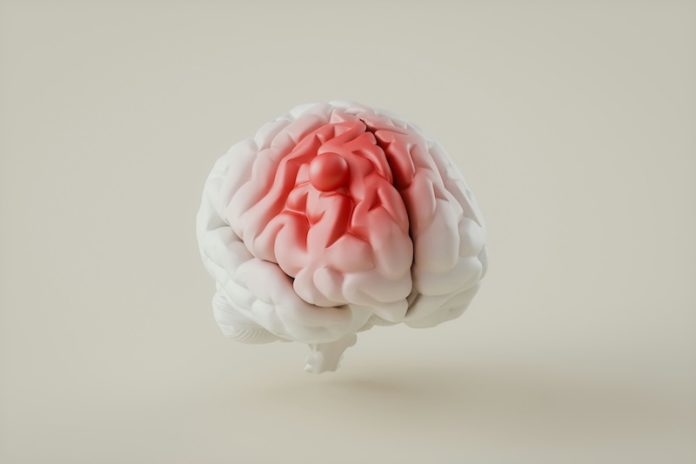
In a surprising discovery, scientists from the University of California, Irvine, have found a new cause of brain hemorrhages that could change how we understand and treat age-related brain conditions.
Their study, recently published in the Journal of Neuroinflammation, reveals that damaged red blood cells—not just injured blood vessels—can trigger small brain bleeds known as cerebral microbleeds.
What Are Cerebral Microbleeds?
Cerebral microbleeds are tiny areas of bleeding in the brain, often found in older adults or people with conditions like high blood pressure, Alzheimer’s disease, or stroke. Until now, most scientists believed these bleeds were mainly caused by fragile or damaged blood vessels in the brain. But this new research suggests there’s more to the story.
A Closer Look at the Study
The research was led by Dr. Mark Fisher and Dr. Xiangmin Xu. The team wanted to find out how aged or damaged red blood cells behave in the brain.
To do this, they exposed red blood cells to oxidative stress — a process that mimics aging and damage — using a chemical called tert-butyl hydroperoxide. Then, they labeled the cells with a fluorescent marker and injected them into mice to observe what happened.
The scientists watched closely as the damaged red blood cells traveled through the brain’s smallest blood vessels, called capillaries. What they saw was unexpected: the red blood cells got stuck in these narrow vessels, causing blockages.
The brain’s immune cells, called microglia, stepped in to remove them — but this cleanup process ended up triggering small bleeds in the brain.
Why This Matters
This research offers a new explanation for how cerebral microbleeds form. Instead of focusing only on the health of blood vessels, scientists now need to consider the condition of red blood cells as well.
“Our findings may have profound clinical implications,” said Dr. Fisher. “We’ve shown that damage to red blood cells can directly cause microbleeds, even when the blood vessels themselves appear normal.”
This could be especially important for older adults and people with chronic conditions that cause oxidative stress, like high blood pressure or diabetes. It also adds a new layer of understanding to diseases like Alzheimer’s, where cerebral microbleeds are commonly seen.
What Comes Next?
The research team plans to explore how the brain’s capillaries deal with clearing out these blocked cells and how this process might be related to strokes or other brain injuries. Their hope is to identify new ways to prevent or treat brain bleeds by focusing on improving red blood cell health or modifying how microglia respond.
If scientists can find a way to stop red blood cells from getting stuck or triggering inflammation in the brain, it could lead to new treatments that protect brain health — especially in aging populations.
What You Can Do
While this study is still in the early stages and was done in mice, it highlights the importance of overall blood and brain health. Keeping conditions like high blood pressure, diabetes, and inflammation under control can reduce the risk of both stroke and cognitive decline.
Simple steps like eating a balanced diet (such as the Mediterranean diet), staying physically active, managing stress, and not smoking can go a long way in protecting your heart and brain. Future treatments may also focus on keeping red blood cells healthy as part of preventing brain damage.
This new research shines a light on an often-overlooked part of brain health and brings hope for better understanding and treatment of stroke, dementia, and other related conditions.
If you care about stroke, please read studies about how to eat to prevent stroke, and diets high in flavonoids could help reduce stroke risk.
For more information about health, please see recent studies about how Mediterranean diet could protect your brain health, and wild blueberries can benefit your heart and brain.
Copyright © 2025 Knowridge Science Report. All rights reserved.



